Top Hats and Ermine Tails
People in cold countries depend on furs and fleeces to keep their bodies warm.

Stephen Angulalik and his family in front of their Trading Post at Perry River, Northwest Territories - Inuit - 1950 : Native American Encyclopedia
Furs were one of the things that both Russia and Canada could trade to the rest of the moderate regions of the world.
People have always worn clothes and decorations including furs as symbols of the identity and status that they wished to project.
The ermine or stoat also became associated with purity and integrity because of the myth that the ermine would rather die than be defiled. Leonardo Da Vinci used it, in its summer colours, for his portrait of Cecilia Gallerani.
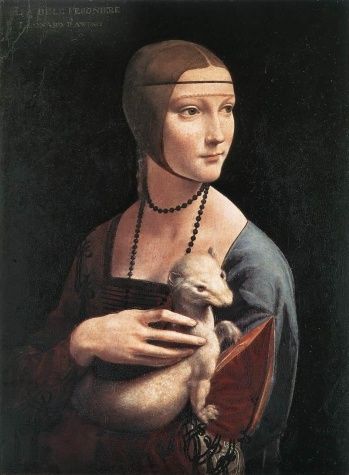
It was the stoat with its winter white with black pointed tail that became particularly associated with royal integrity as this portrait of the coronation robes of King George V and Queen Mary shows.
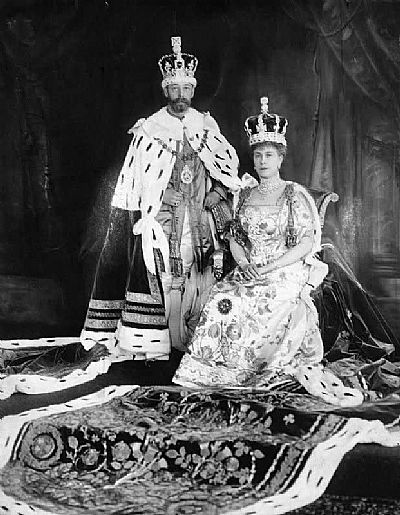
The military busbys of the Royal Guards in London parades were for a long time made from the Canadian Black Bear fur. Since 2008 they have been searching for alternatives although the Black Bear is not an endangered species.
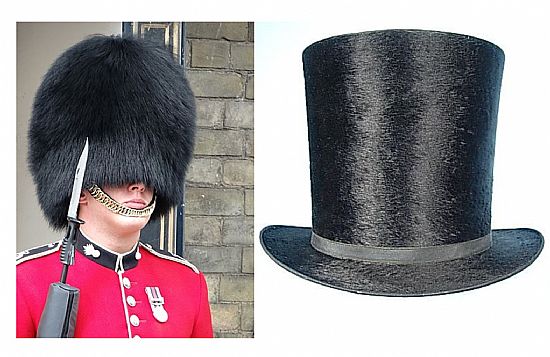
Few people realise, however, that beavers also, literally, went to the heads of gentlemen. The silky appearance of the best top hats was made from the under fur of this animal. Sadly the process by which this fine appearance was created involved the use of mercury. The effects of that were immortalised in Lewis Carroll’s "Mad Hatter”.
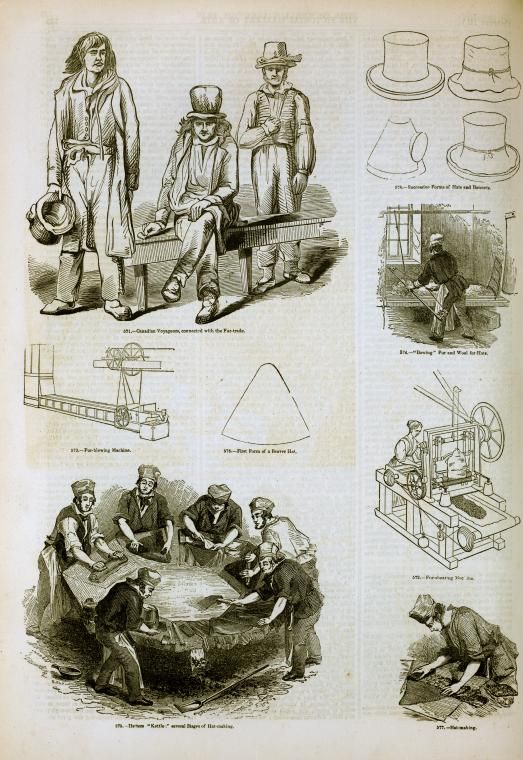
Because it was costly, the top hat became the symbol of the person who felt entitled to put Esq. at the very least after his name. There were cheaper alternatives worn by those who aspired to high status but the bowler indicated a city worker normally and the flat cap became the symbol of the third and "lowest" estate - the manual workers.
The main partners in the fur trading companies always wore their genuine beaver top hats to indicate their status and even carried them on their heads most incongruously on their canoe journeys if portraits are to be believed.
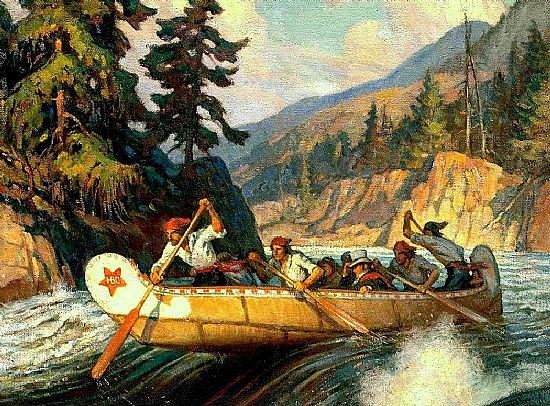
Whilst there may well have been fur traders from this part of Scotland in the Russian trade that have not yet been traced, it is clear that the Canadian trade was nearly dominated by them after the end of the Seven Years War in 1763.

